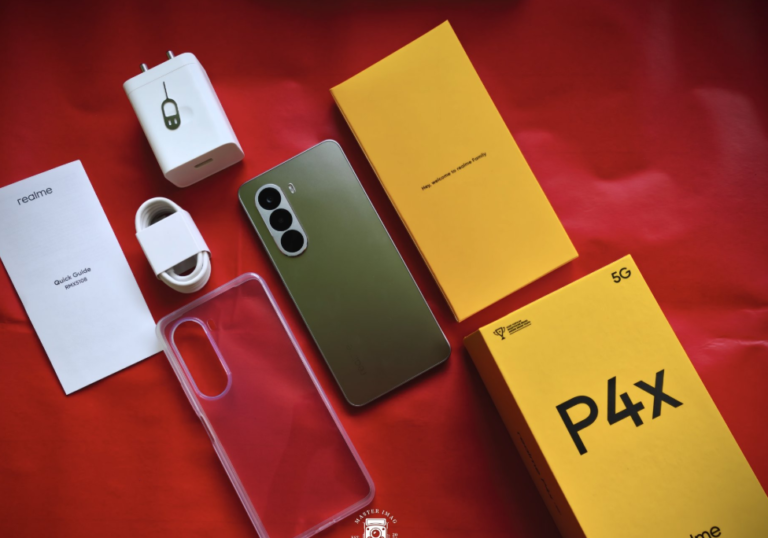
Samsung is once again pushing the boundaries of smartphone innovation. A recently uncovered patent reveals the company’s plans to introduce a “self-healing” display technology for its foldable phones. This advancement aims to address one of the most persistent challenges in foldable device design: maintaining screen integrity around sensitive areas like camera cutouts and fingerprint sensors.
🛡️ What Is Self-Healing Display Technology?
Samsung’s patent outlines a sophisticated display structure equipped with embedded sensing wires and metal patterns. These components form a “sensing loop” that actively monitors the screen for micro-cracks or stress points, particularly around the camera and fingerprint sensor regions. Upon detecting such issues, the system can initiate a self-repair process, restoring the screen’s integrity without user intervention.
This technology is particularly crucial for foldable phones, where the flexible nature of the display makes it more susceptible to damage. By enabling the screen to heal itself, Samsung aims to enhance the durability and longevity of its foldable devices.
🔍 Why This Matters
The introduction of self-healing technology could significantly improve the user experience by:
- Reducing Repair Costs: Users may no longer need to replace the entire screen for minor damages.
- Extending Device Lifespan: Enhanced durability means the device remains functional and aesthetically pleasing for a longer period.
- Improving Sensor Reliability: Protecting sensitive areas ensures that features like fingerprint sensors continue to operate effectively.
🔮 Looking Ahead
While this patent showcases Samsung’s commitment to innovation, it’s important to note that patents do not guarantee commercial products. However, if this self-healing technology is successfully integrated into future foldable models, it could set a new standard in the smartphone industry, prompting competitors to explore similar advancements.




